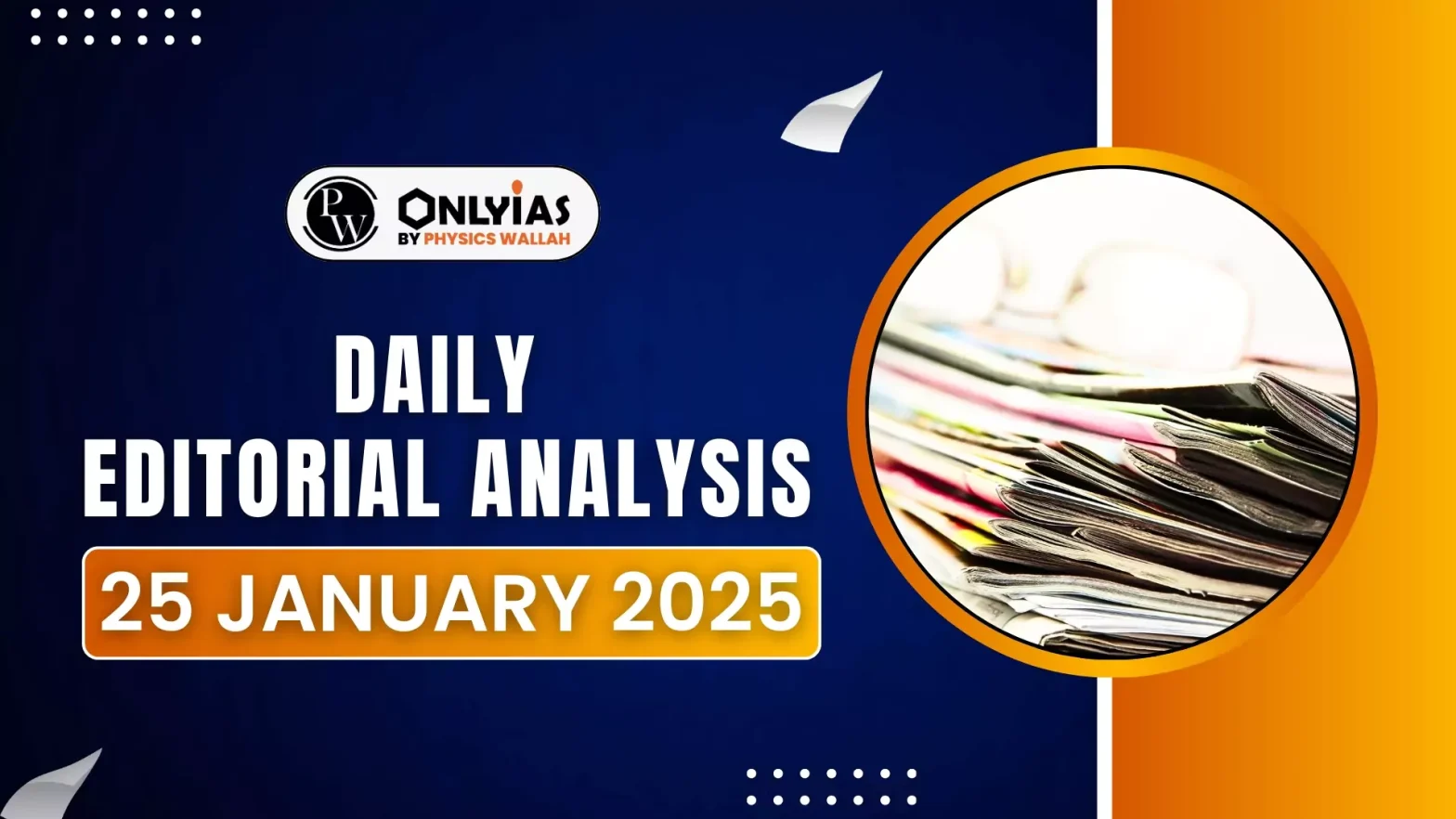India’s GDP growth is slowing down despite global economic expansion. The slowdown is attributed to bureaucratic inertia and challenges posed by entrenched interests within the system (often referred to as the “deep state”).
Issues with India’s Budget-Making Process
- Colonial Legacy: India’s budget-making process retains outdated practices from the colonial era, making it irrelevant for a modern economy.
- Secrecy and Exclusivity: Decisions are made behind closed doors, with limited transparency or public discourse.
- For ex: Singapore and the USA both incorporate public consultation in budget-making, though differently. Singapore uses structured feedback exercises via platforms like REACH, focusing on efficiency and specific areas.
- The USA emphasizes transparency and participatory budgeting, with open hearings and citizen voting in some regions.
Enroll now for UPSC Online Course
Reasons for India’s GDP Growth Slowing Down
- High Repo Rates: An increase in repo rates means an uptick in the cost of borrowing. This is because when the repo rate rises, the borrowing cost for banking institutions also rises, which is passed on to account holders in the form of higher loan and deposit interest rates.
- This is a significant factor contributing to the GDP slowdown, with bureaucratic decisions often keeping rates elevated.
- Restrictive Trade Policies: High tariffs on manufactured goods increase the cost of imports, making them less competitive in the Indian market. This protects domestic industries but reduces efficiency, innovation, and global competitiveness.
- For example : Switzerland suspended the MFN clause in its tax treaty with India following an Indian Supreme Court ruling in the Nestlé case. This suspension was due to differing interpretations of the MFN clause.
- Role of the Deep State in Policymaking: Policymaking in India is controlled by industrialists, senior IAS officers, and influencers in the media.
- Both Prime Ministers Manmohan Singh (MMS) and Narendra Modi argued for lateral entry of policy experts, but failed due to resistance from entrenched bureaucratic interests.
- Excessive Taxation: Excessive focus on reducing fiscal deficits through taxation rather than growth. High personal income taxes (PIT) relative to GDP are unjustified.
- India’s PIT-to-GDP ratio (3.9%) exceeds economies like China (1.1%) and Vietnam (1.8%).
- Excessive taxation leads to discomfort among taxpayers and hampers economic growth.
- High tax-to-GDP ratio: India’s tax-to-GDP ratio (X-TAX) is expected to exceed 19% in FY 2025, which is high for a developing economy.
- Comparison with Advanced Economies: Advanced economies, like the USA and Korea, have comparable tax-to-GDP ratios (19% and 20% respectively), but their per capita income is 8 times higher than India’s, making the burden heavier on Indian taxpayers.
- East Asia has a much lower tax-to-GDP ratio of 13.5%, with countries like:
- China at 15.9%
- Vietnam at 14.7%
- India’s taxation levels far exceed these economies despite their better income levels.
- Imbalance in Tax Burden: While personal income tax (PIT) in India is high, other forms of tax compensation are inadequate compared to global standards.
- Failures in Tax Reform: Despite discussions on direct tax reform for nearly two decades, progress has been inadequate. The income tax system remains inefficient and burdensome, with successive governments failing to implement meaningful reforms.
Impact of Excessive Taxation
- Wasteful Government Spending: High tax collection often funds unproductive expenditures, including freebies highlighted by the Prime minister
- Middle-Class Discontent: The middle class, which bears the brunt of taxes, faces discomfort, potentially explaining the ruling party’s decline in popularity in the national elections seven months ago.
- Economic Growth Decline: High taxes, coupled with limited foreign investment and high real interest rates, have slowed down GDP growth.
Way Forward
- Examining the role of International Experts: The IMF, World Bank, and other international organizations’ advice on taxation policies must be critically examined.
- Their recommendations, such as those seen in GST Council decisions, often lack relevance to India’s socio-economic context.
- Addressing Deep State’s Role: The Deep State appears to shape policies like high taxation and restrictive FDI norms, ignoring their adverse economic impacts.
- This raises the question of whether such decisions were driven by vested interests or flawed advice from bureaucratic insiders and influential groups.
Check Out UPSC CSE Books From PW Store
Conclusion
Urgent reforms are required to restore growth, reduce burdens, and improve public confidence in governance. The time for action is now.
Ready to boost your UPSC 2025 preparation? Join PW’s UPSC online courses today!
![]() 25 Jan 2025
25 Jan 2025

